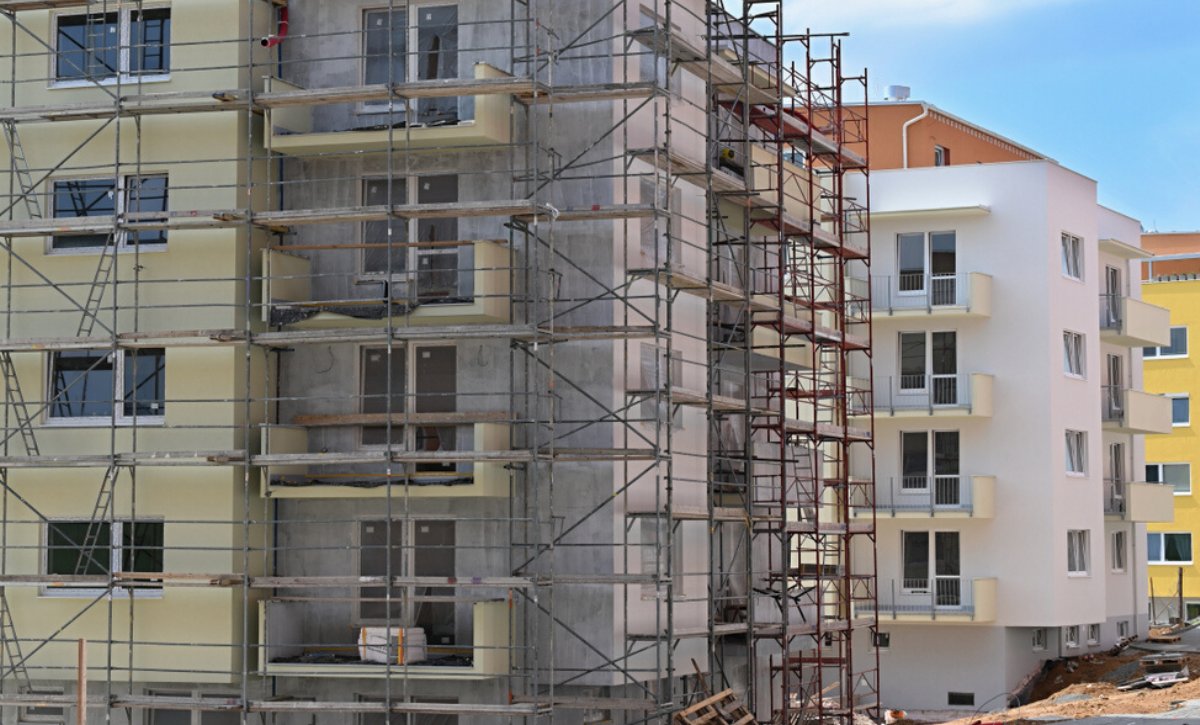The real estate sector went through a lot of turbulence ever since the Real Estate (Regulation and Development) Act (RERA) and similar watershed reforms came into existence less than half a decade ago, obliterating hundreds of unscrupulous developers and bringing standardization, accountability and transparency in the once-notorious property industry.
If we turn back the clock before 2016, we won’t be astonished to find what the real estate sector was in. Hundreds of pending projects, thousands of unsolved grievances, rampant fraud and free run for corrupt and fly-by-night developers, that dented homebuyer sentiments to new lows. Homebuyers were at the receiving end and stayed away from property purchases, while investors lost interest fearing returns of investment. And this took away the sheen of the property sector.
Policy reforms accompanied by GST and RERA helped cleanse the real estate sector and put in place an iron-clad set of rules that will take the sector out of the mess it was in. While this regulation clean-up triggered a real estate slowdown, it was necessary to transform a sector synonymous with unethical practices. The slowdown in the realty market got extended due to slowdown of the economy, unattractive loan-to-debt ratio, high taxes on under-construction homes, backlash of demonetization and a lack of trust in the property industry.
Ailing realty sector needed a stimulus
The housing market picked up slowly in the following years, but the sentiment was still subdued due to asset-ticket price mismatch. The preference of developers for building upper-end luxury residences harboring the hope of high-profits, created a vacuum in the affordable segment forcing millennials to prefer renting than buying homes. Further, the liquidity crisis conjured by the NBFC debacle stalled projects across the country, leaving millions of homebuyers stranded on their new home dreams.
A stimulus of INR 25,000 crore was therefore announced by the government in 2019 to help complete over 1500 housing projects comprising 4.58 lakh units. Known as last-mile funding, this stimulus will be enough to kick-start stalled projects and provide relief to homebuyers and developers. This mode of funding would ensure that healthy projects are not pushed into non-performing assets due to lack of capital and that homebuyers get timely delivery through this financial assistance.
Real estate sector to overcome pandemic woes
The last mile funding was a good boost to the affordable and mid-segment housing segment. With the demand for affordable and mid-segment homes on a high post-pandemic, real estate developers were in a rush to finish housing projects and hand over possession to homeowners. With issues like liquidity squeeze and cash strap situations ironed out, real estate developers in various cities like Mumbai and Delhi NCR were able to hand over keys to homeowners who had invested their hard-earned savings.
Today, affordable and mid-segment home sales have trumped estimates with sales in Q1 2021 in seven cities reaching pre-covid levels. Real estate developers have heaved a sigh of relief that their worst days are over and they can meet consumer expectations wholeheartedly. The last-mile funding has surely rejuvenated the real estate sector and paved the way for a smooth recovery in the coming years. The days are not far when the property sector will get back to its heydays and be a shining sector again.




